Rwanda’s first female Central Bank Governor shows why inclusive finance must be intentional
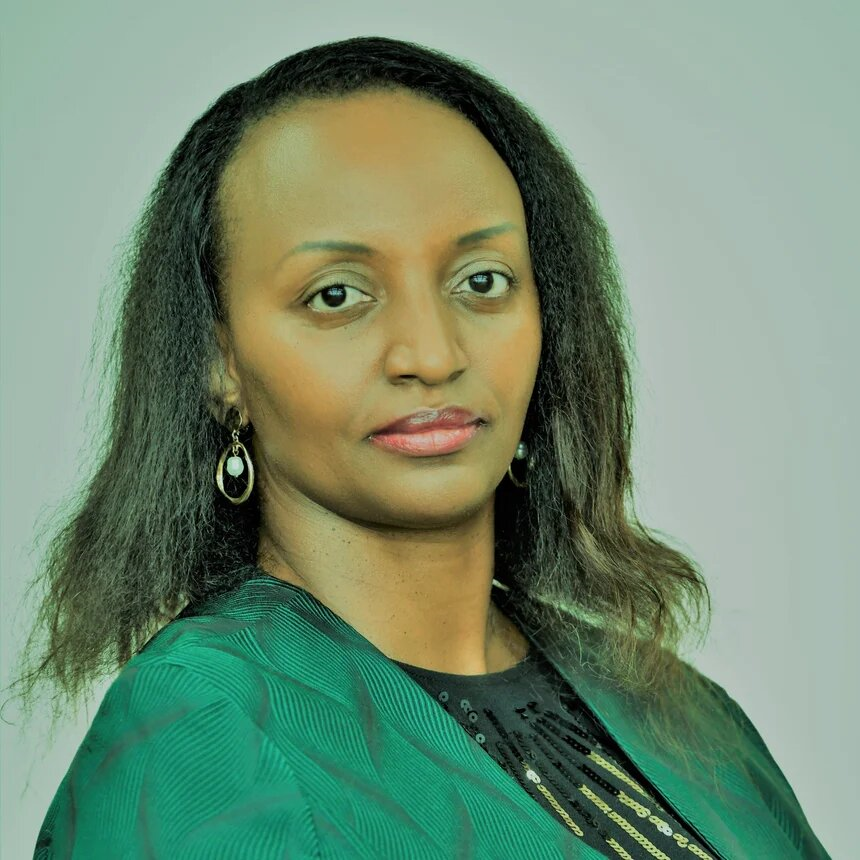
In April 2025, Rwanda appointed Soraya Hakuziyaremye, Governor of the National Bank of Rwanda—the first woman to hold this position in the country’s history. Her appointment made headlines in most parts of Africa, not just for its symbolic value but for what it represented: a bold move toward gender-inclusive leadership in the African finance sector.
Since 2023, Ms. Hakuziyaremye has served as a member of the Graça Machel Trust’s Expert Leaders Group (ELG) on Financial Inclusion, which brings together female African leaders, governors, regulators, and financial executives—to reshape economic inclusion through policy and advocacy. Her involvement with the Trust began during her tenure as Deputy Governor. HE Mrs Graça Machel appointed her to the ELG because of her leadership role and commitment to advancing women’s economic agency in Africa.
Despite significant economic gains in Africa over the past two decades, financial inclusion remains deeply unequal. According to the World Bank’s Global Findex Report, about 60% of African unbanked adults are women. The barriers are systemic, ranging from lack of legal protections and poor financial literacy to institutional gender bias and limited access to credit. But leaders like Soraya Hakuziyaremye are determined to change this, through policy advocacy, systemic reforms and bold actions.
She has played a critical role in expanding financial access in Rwanda. She is a member of the Graça Machel Trust’s Expert Leaders Group (ELG), and we caught up with her recently to better understand her journey.
A journey rooted in curiosity, grown through impact
Ms. Hakuziyaremye ’s journey did not begin in policy circles but in a high school science classroom. “I studied mathematics and physics in high school,” she recalled, “but I was always intrigued by financial news, even though I didn’t understand it.”
That curiosity led her to pursue a degree in Management Engineering at the Solvay Business School in Belgium—She began her finance career at the Bank of New York in Brussels and later specialised in risk management at global institutions such as BNP Paribas Fortis and ING Bank. In those roles, like most women in finance at the time, she observed a clear gender imbalance: “The higher I climbed, the fewer women I saw,” she noted.
It was only after transitioning into public service that financial inclusion became a central focus of her work. Her shift into government, first as Rwanda’s Minister of Trade and Industry, then as Deputy Governor of the National Bank, gave her a platform and desire to influence policy. “I wanted to serve a greater purpose, leveraging my finance background to close finance gaps, especially for women,” she reflected.
From the private sector to public policy
Reflecting on the turning point in her career, Ms. Hakuziyaremye said: “One would argue that moving from private sector to public service was already an indication of my willingness to drive public policy. Financial inclusion responds to that aspiration, in particular women’s financial inclusion.”
Her leadership roles gave her an up-close view of the structural barriers women face in accessing finance. A fundamental moment came when she read an Oliver Wyman report projecting that it would take until 2048 to reach just 30% of women in leadership roles in global finance. “That was a wake-up call for me,” she said. It catalysed a deeper commitment to not just inclusion, but intentional inclusion—a principle that has shaped her leadership ever since.
The Rwandan experience: practical steps, measurable results
Rwanda has emerged as a compelling case study of how intentional, gender-responsive policy can drive meaningful change in financial inclusion—particularly for women and underserved communities. The transformation did not happen overnight. It resulted from sustained public-sector commitment, innovative partnerships, and a recognition that financial systems must be designed to serve everyone.
In 2008, only 21% of adult Rwandans had access to formal financial services. According to the national Finscope survey, that number had increased to 92% by 2024—a remarkable shift over 17 years.
Key drivers included nationwide mobile money training for rural women and the establishment of Savings and Credit Cooperatives (SACCOs) in every sector, ensuring that no Rwandan is more than 5 km away from a financial institution.
Rwanda’s success in financial inclusion demonstrates the value of coordinated efforts that integrate policy, regulation, infrastructure, and education. This approach can offer practical solutions to common challenges when replicated in other parts of the continent. As Governor of the Central Bank, Ms. Hakuziyaremye is positioned to scale these reforms, emphasising that lasting impact depends on strong cross-sector collaboration.
“Achieving lasting change in financial inclusion takes more than good policy,” she said. “It requires strong partnerships—between governments, financial institutions, regulators, and technology providers. Only then can we create an ecosystem where every woman has the tools to thrive economically, no matter where she lives.”
What will it take to close the gender gap in finance?
When asked what could most significantly close the financial gender gap in Rwanda and beyond, Ms. Hakuziyaremye highlighted the need for a comprehensive approach. “Financial exclusion is deeply multifaceted,” she explained. “Tackling it effectively requires a range of coordinated actions that address its many root causes.”
She outlined three key priorities to close the gender gap in finance: improving financial and digital literacy, developing gender-sensitive financial products, and using gender-disaggregated data to inform policymaking and regulation. These strategies have helped Rwanda reduce its gender gap in financial inclusion from 7% to 4%.
In her new role as Central Bank Governor, she urges institutions to adopt a gender lens in leadership and lending practices, stating, “More women in leadership is not only the right thing to do—it’s the smart thing.” Her message is to build financial systems where inclusion is intentional, and women are supported to lead and thrive.





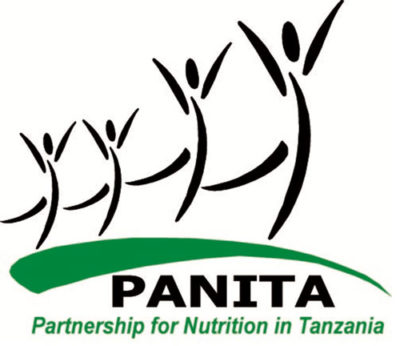
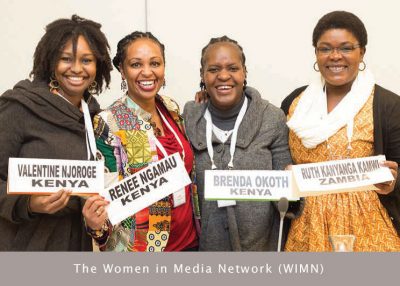
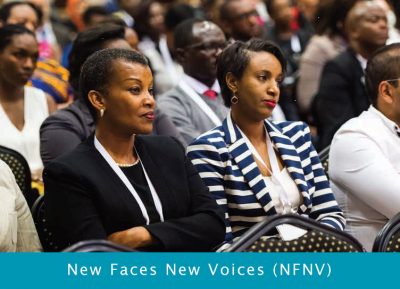
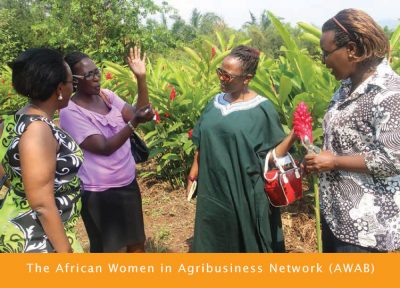
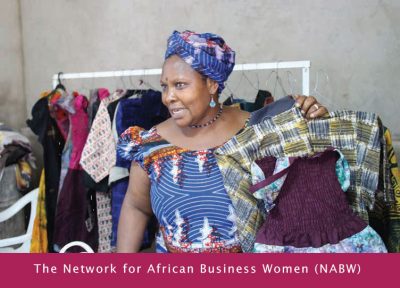
 The Trust supports and mobilises civil society networks on issues of ending child marriage, ending violence against children, ending female genital mutilation and promoting children’s rights, to carry out advocacy and action across Africa. Special focus is placed on Malawi, Mozambique, Tanzania and Zambia where child marriage continues to be a problem largely driven by poverty, gender inequality, harmful traditional practices, conflict, low levels of literacy, limited opportunities for girls and weak or non-existent protective and preventive legal frameworks.
The Trust supports and mobilises civil society networks on issues of ending child marriage, ending violence against children, ending female genital mutilation and promoting children’s rights, to carry out advocacy and action across Africa. Special focus is placed on Malawi, Mozambique, Tanzania and Zambia where child marriage continues to be a problem largely driven by poverty, gender inequality, harmful traditional practices, conflict, low levels of literacy, limited opportunities for girls and weak or non-existent protective and preventive legal frameworks.




 Education is a fundamental right for all children, which is also a vehicle for social, economic and political transformation in communities, countries and the African continent at large. Recent studies indicate a lack of progress in some of the critical commitments aimed at improving education quality, access, retention and achievement, particularly for girls. In most African countries, girls may face barriers to learning, especially when they reach post-primary levels of education. By implementing multi-dimensional approaches to education which includes core education, personal development, life skills and economic competencies, the Trust partners with funding partners, governments, civil societies and the private sector to improve education access.
Education is a fundamental right for all children, which is also a vehicle for social, economic and political transformation in communities, countries and the African continent at large. Recent studies indicate a lack of progress in some of the critical commitments aimed at improving education quality, access, retention and achievement, particularly for girls. In most African countries, girls may face barriers to learning, especially when they reach post-primary levels of education. By implementing multi-dimensional approaches to education which includes core education, personal development, life skills and economic competencies, the Trust partners with funding partners, governments, civil societies and the private sector to improve education access.

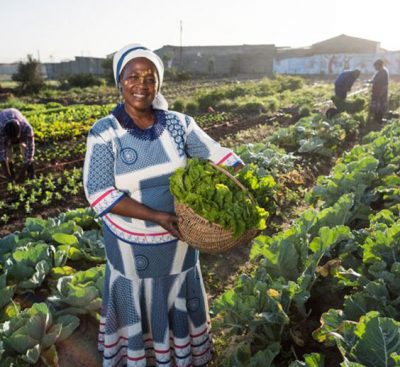 The Nutrition and Reproductive, Maternal, New-born, Child and Adolescent Health and Nutrition, (RMNCAH+N) of the Children’s Rights and Development Programme aims at promoting the Global Strategy for women, children and adolescents’ health within the Sustainable Development Goals (SDG) agenda. The strategy emphasises on the importance of effective country leadership as a common factor across countries making progress in improving the health of women, children and adolescents.
The Nutrition and Reproductive, Maternal, New-born, Child and Adolescent Health and Nutrition, (RMNCAH+N) of the Children’s Rights and Development Programme aims at promoting the Global Strategy for women, children and adolescents’ health within the Sustainable Development Goals (SDG) agenda. The strategy emphasises on the importance of effective country leadership as a common factor across countries making progress in improving the health of women, children and adolescents. Through its Early Childhood Development (ECD) plan, The Trust will seek to put into action the new science and evidence Report that was presented by Lancet Series on Good and early development – the right of every child. This will be achieved by mobilising like-minded partners to contribute in the new science and evidence to reach all young children with ECD. The Trust’s goal is to be a catalyst for doing things differently, in particular, to rid fragmentation and lack of coordination across ECD sectors. In response to evidence showing the importance of political will in turning the tide against the current poor access and quality of ECD. Even before conception, starting with a mother’s health and social economic conditions, the early years of a child’s life form a fundamental foundation that determines whether a child will survive and thrive optimally.
Through its Early Childhood Development (ECD) plan, The Trust will seek to put into action the new science and evidence Report that was presented by Lancet Series on Good and early development – the right of every child. This will be achieved by mobilising like-minded partners to contribute in the new science and evidence to reach all young children with ECD. The Trust’s goal is to be a catalyst for doing things differently, in particular, to rid fragmentation and lack of coordination across ECD sectors. In response to evidence showing the importance of political will in turning the tide against the current poor access and quality of ECD. Even before conception, starting with a mother’s health and social economic conditions, the early years of a child’s life form a fundamental foundation that determines whether a child will survive and thrive optimally.